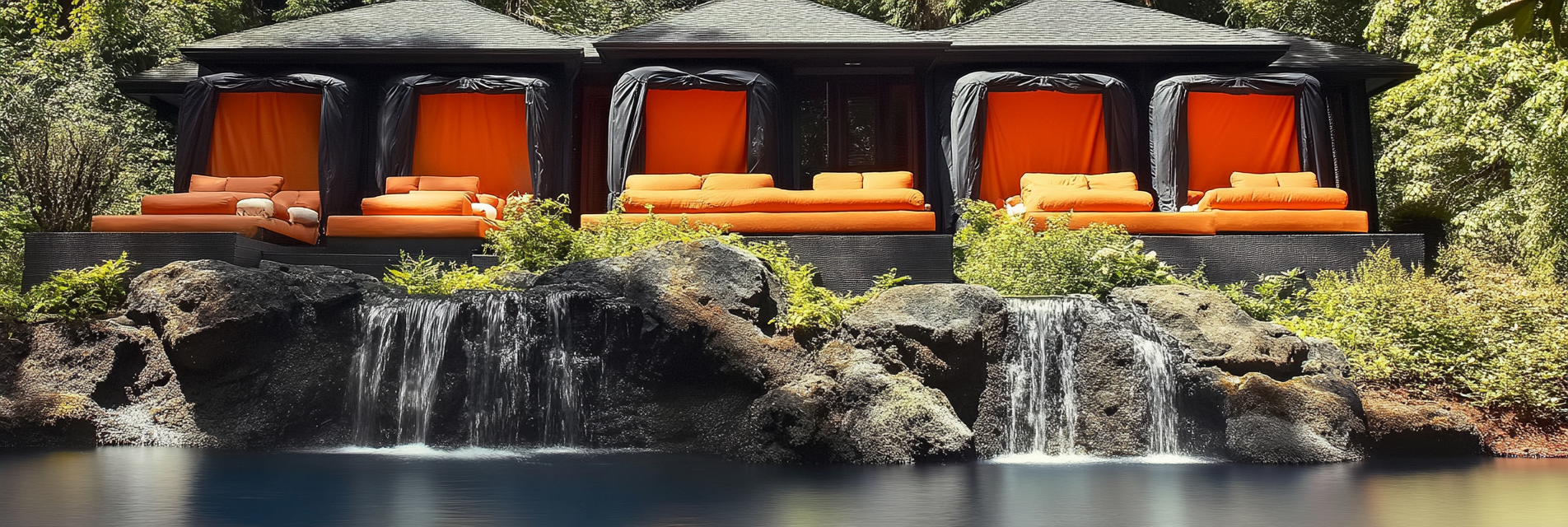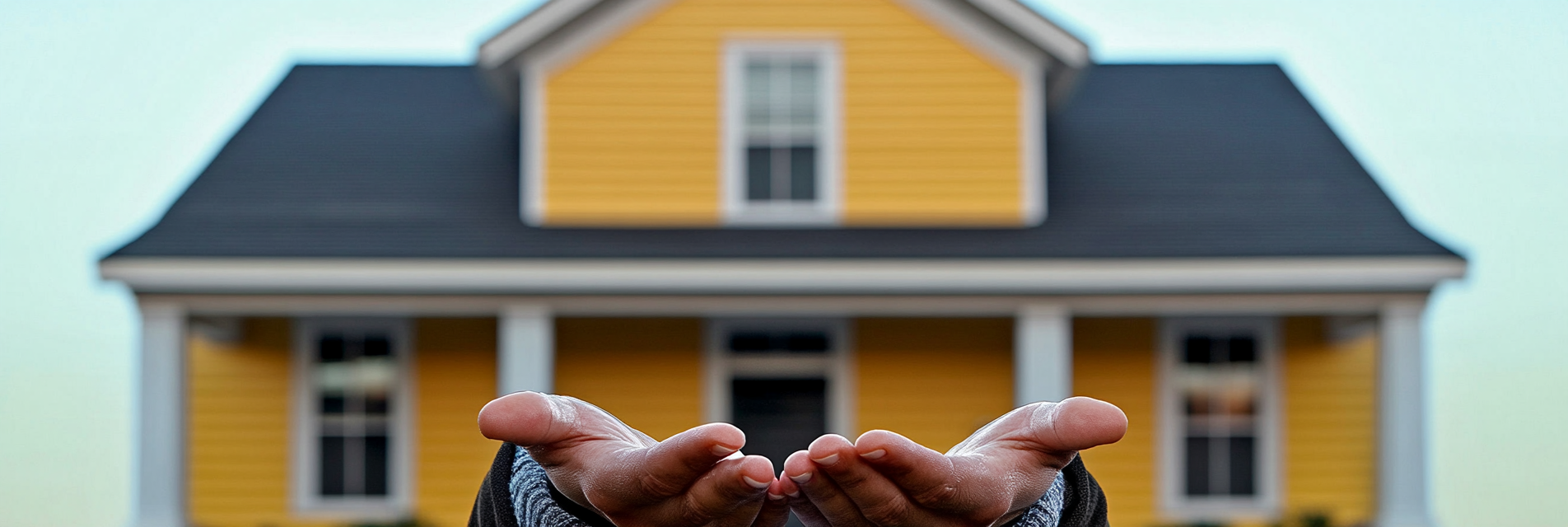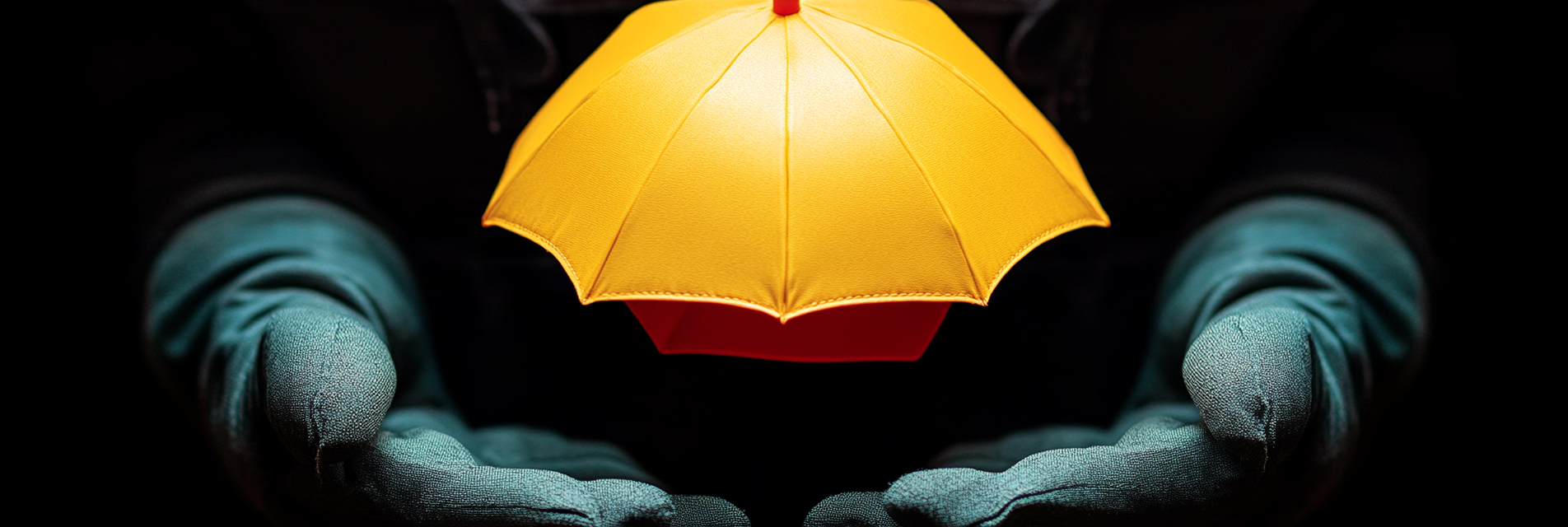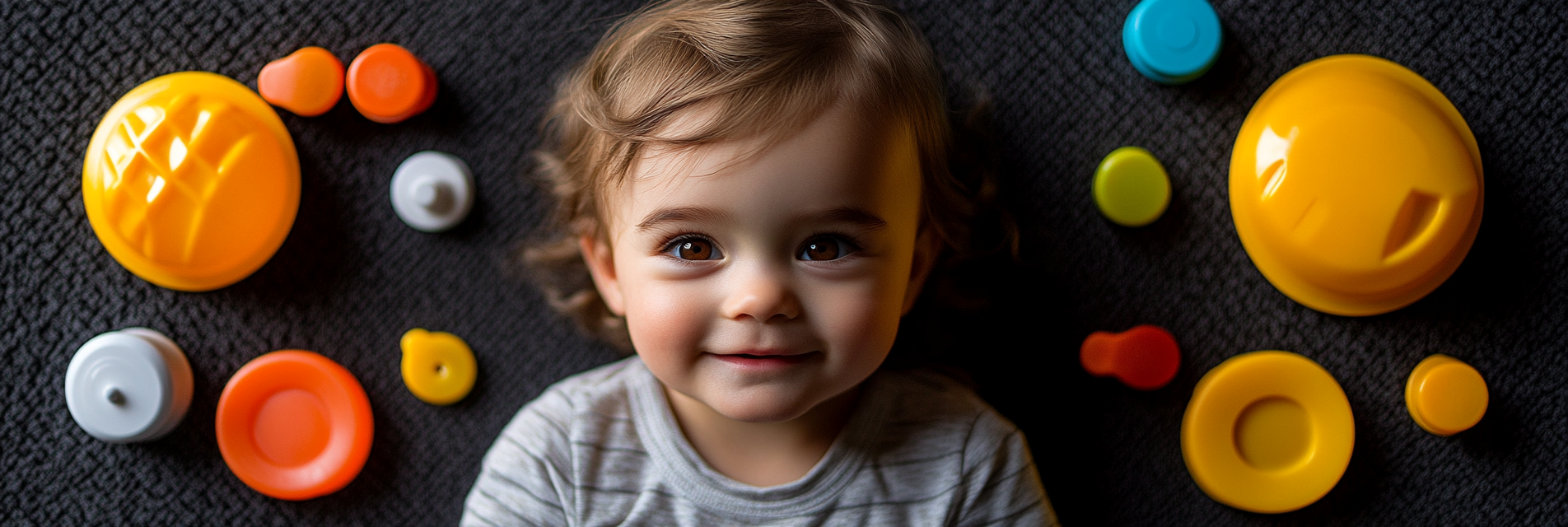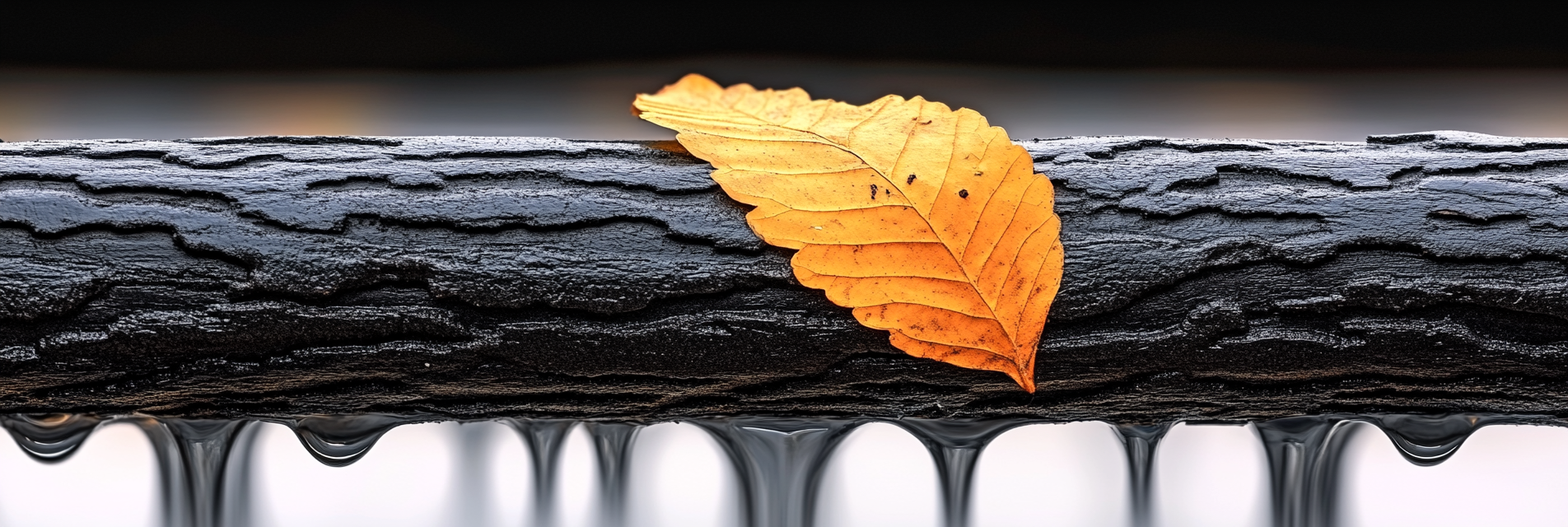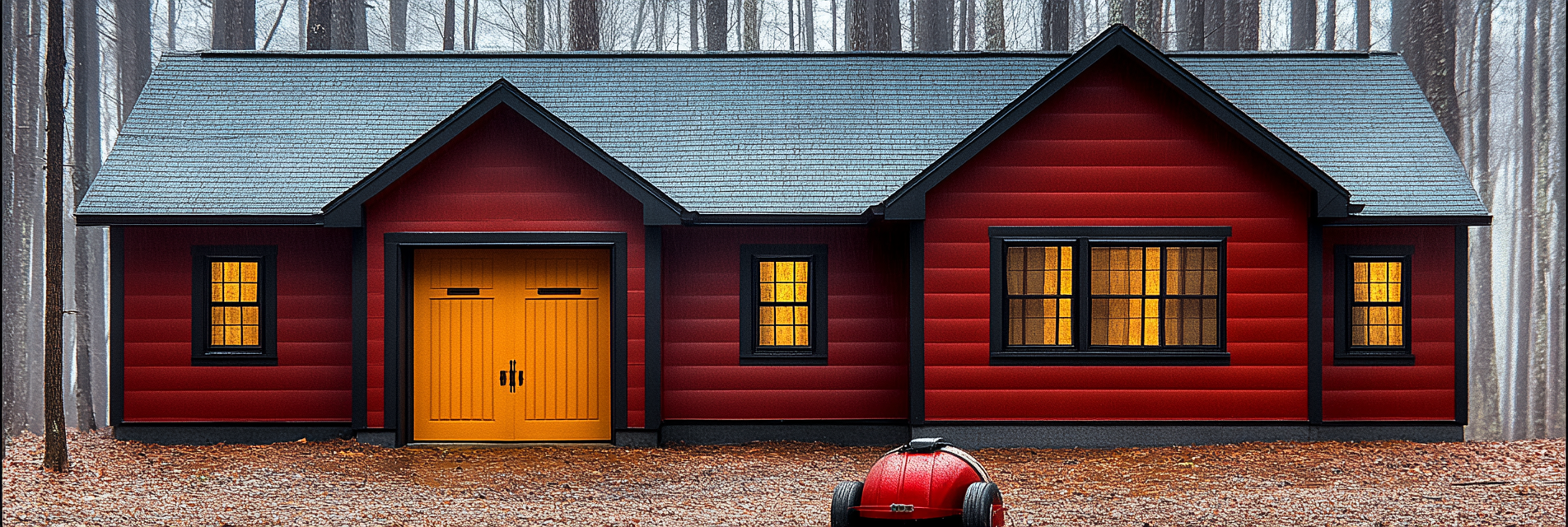Washington state has experienced increasingly hot summers, making extreme heat events more frequent and potentially dangerous. High temperatures can pose health risks, lead to power outages, and affect daily life. This article offers comprehensive guidance on how to prepare your home, stay safe, and keep cool during extreme heat.
1. Insulate and Cool Your Home
Preparing your home to stay cool helps reduce reliance on air conditioning and keeps energy costs manageable:
- Install Insulation: Ensure your home is well-insulated to keep heat out and cool air in.
- Use Reflective Window Films: Apply reflective window films or use thermal curtains to block heat from entering your home.
- Seal Windows and Doors: Use weather stripping to seal any gaps that allow hot air to seep inside.
Product Tip: 3M Sun Control Window Film helps reduce glare and heat, keeping your home cooler during peak sun hours.
2. Optimize Ventilation and Air Circulation
Proper ventilation can help maintain a comfortable indoor temperature:
- Use Fans Efficiently: Position fans strategically to improve air circulation. Use a box fan to bring cooler air in during the evening and a ceiling fan to circulate air.
- Create Cross-Breezes: Open windows on opposite sides of your home to create cross-breezes that cool the space naturally.
- Install Attic Vents: Use attic fans or vents to expel hot air and reduce overall indoor temperature.
3. Reduce Heat Generation Indoors
Limit activities that generate heat, especially during the hottest parts of the day:
- Avoid Using the Oven: Opt for meals that do not require cooking, or use a microwave, slow cooker, or grill outside.
- Switch to Energy-Efficient Lighting: Replace incandescent bulbs with LED lights that emit less heat.
- Unplug Electronics: Turn off and unplug non-essential electronics, as they generate heat even when not in use.
4. Stay Hydrated and Cool
Maintaining hydration and keeping your body temperature down are crucial during extreme heat:
- Drink Plenty of Water: Drink water regularly, even if you don’t feel thirsty. Aim for at least eight glasses a day, and increase your intake if you’re active or sweating heavily.
- Use Cooling Towels: Wet a towel or cloth, place it on the back of your neck, and wrists to cool your body.
- Eat Hydrating Foods: Include fruits and vegetables with high water content, like watermelon, cucumbers, and oranges.
Product Tip: The Frogg Toggs Chilly Pad Cooling Towel can be used to lower body temperature during intense heat.
5. Prepare for Power Outages During Heatwaves
Heatwaves can lead to increased energy consumption and power outages:
- Backup Power Supply: Keep a portable power bank charged for fans and small devices.
- Alternative Cooling Methods: Have battery-operated fans and ice packs on hand to use during power outages.
- Block Sunlight: Close blinds and curtains to keep the heat out and maintain a cooler indoor environment.
6. Create a Cool Shelter Plan
If staying at home becomes unsafe, have a plan to seek out a cool location:
- Identify Community Cooling Centers: Know the location of nearby cooling centers, libraries, or community centers that offer air conditioning.
- Visit Malls or Theaters: Consider spending time in public places like shopping malls, movie theaters, or cafes to stay cool.
7. Protect Vulnerable Individuals
Children, the elderly, and those with preexisting health conditions are more susceptible to heat-related illnesses:
- Check on Neighbors: Ensure that older adults and vulnerable neighbors have a safe, cool place to stay.
- Limit Outdoor Activities: Avoid strenuous outdoor activities during peak heat hours (typically between 10 a.m. and 4 p.m.).
- Provide Pets with Shade and Water: Keep pets indoors as much as possible, and ensure they have access to cool water and shade if outside.
8. Know the Signs of Heat-Related Illnesses
Recognizing the early symptoms of heat-related illnesses can prevent severe health issues:
- Heat Exhaustion: Symptoms include heavy sweating, dizziness, nausea, and fatigue. Move to a cool place, drink water, and use a damp cloth to cool down.
- Heat Stroke: This is a medical emergency characterized by a body temperature over 103°F, confusion, and loss of consciousness. Call 911 immediately and take steps to cool the person while waiting for medical help.
9. Utilize Air Conditioning Wisely
If you have air conditioning, use it efficiently to avoid overwhelming the system:
- Set the Thermostat: Keep the thermostat at a comfortable, energy-efficient setting (around 78°F).
- Close Off Unused Rooms: Shut doors to rooms that aren’t being used to keep cool air concentrated in main living spaces.
- Service the Unit: Regularly clean or replace AC filters to ensure efficient performance.
10. Stay Informed with Weather Alerts
Monitoring weather updates helps you stay ahead of heatwaves:
- Sign Up for Alerts: Register for weather alerts from local meteorological services or apps to receive real-time notifications.
- Use a Weather Radio: Keep a battery-operated weather radio as part of your emergency kit to stay informed during power outages.
Conclusion
Preparing for extreme heat involves optimizing your home to keep it cool, maintaining hydration, and taking steps to prevent heat-related illnesses. By following these strategies and staying informed, you can keep your household safe and comfortable during heatwaves. Paul Lindberg’s Dryer Fire Fighters emphasizes the importance of preparation to manage rising temperatures and protect your family’s health.
Serving the communities of:
Kennewick | Pasco | Richland | West Richland | Finley | Burbank | Benton City | Prosser | Grandview | Connell
As the sole certified dryer exhaust technician recognized by CSIA.org in the Tri-Cities area, Paul brings a wealth of expertise to fire prevention. His primary focus lies in addressing the root cause of many residential fires: lint buildup in dryer cavities and vents. Through rigorous inspections and thorough cleanings, Paul ensures that families and businesses can enjoy peace of mind, knowing their properties are safeguarded against fire risks.





